
The Technology
From ultra-precise, 3D surgical blueprints to intraoperative CT guidance, we leverage proven technologies to perform safer, more accurate procedures.
Invasive, More Risk, Long Recovery
The Old Way
It used to be that your spine surgeon made a large incision and moved muscle, nerves, and tissue aside to access a specific area of the spine – all based on 2D x-rays and what the surgeon could see with their eyes. Unsurprisingly, the recovery was long and difficult and complications sometimes occurred.
Minimally Invasive, Safe, Reduced Down Time
The Spine Med Way
Your surgeon plans every detail of surgery in 3D, allowing them to use a tiny incision to directly access the treatment area, which minimizes trauma to healthy tissues. Their surgical instruments transmit precise locations to a camera so they can see your anatomy down to the finest details in real-time. This all adds up to enhanced accuracy, reduced risk, and a potentially faster recovery.
Our Minimally Invasive Technology
Our New Jersey spine surgeons use state-of-the-art technology and tools to enhance precision and reduce risk. Because they can visualize a patient’s anatomy down to the finest structures in real-time, incisions are much smaller and trauma is minimized, leading to a potentially faster recovery. Explore some of our breakthrough techniques and technology below or book a consultation to learn more.
- Robotic Surgery
- Intra-Operative Navigation
- Cervical Disc Replacement
- Ultrasonic Spinal Surgery
- dualPortal™ Endoscopic Spine Surgery
- Oblique Lumbar Interbody Fusion
- MIS-TLIF
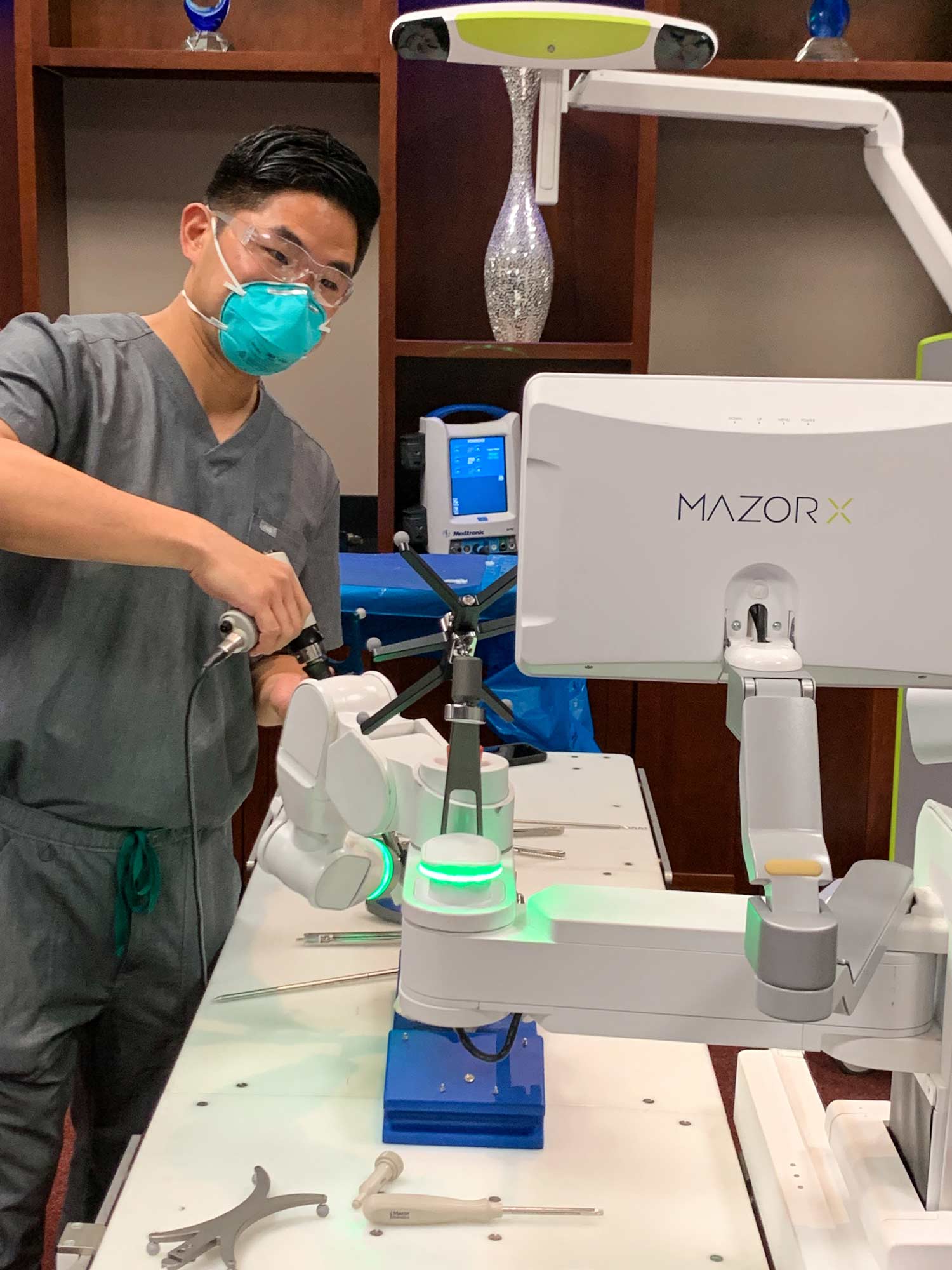
technology
Robotic Surgery
We’re among a select group of surgeons qualified to perform robotic spine surgery in New Jersey. With the technology, the surgeon creates a custom 3D surgical blueprint and uses robotics and a state-of-the-art navigation system to execute it exactly as planned. While the surgeon retains full control during the procedure, the system improves visibility and allows for the extremely accurate placement of screws and implants.
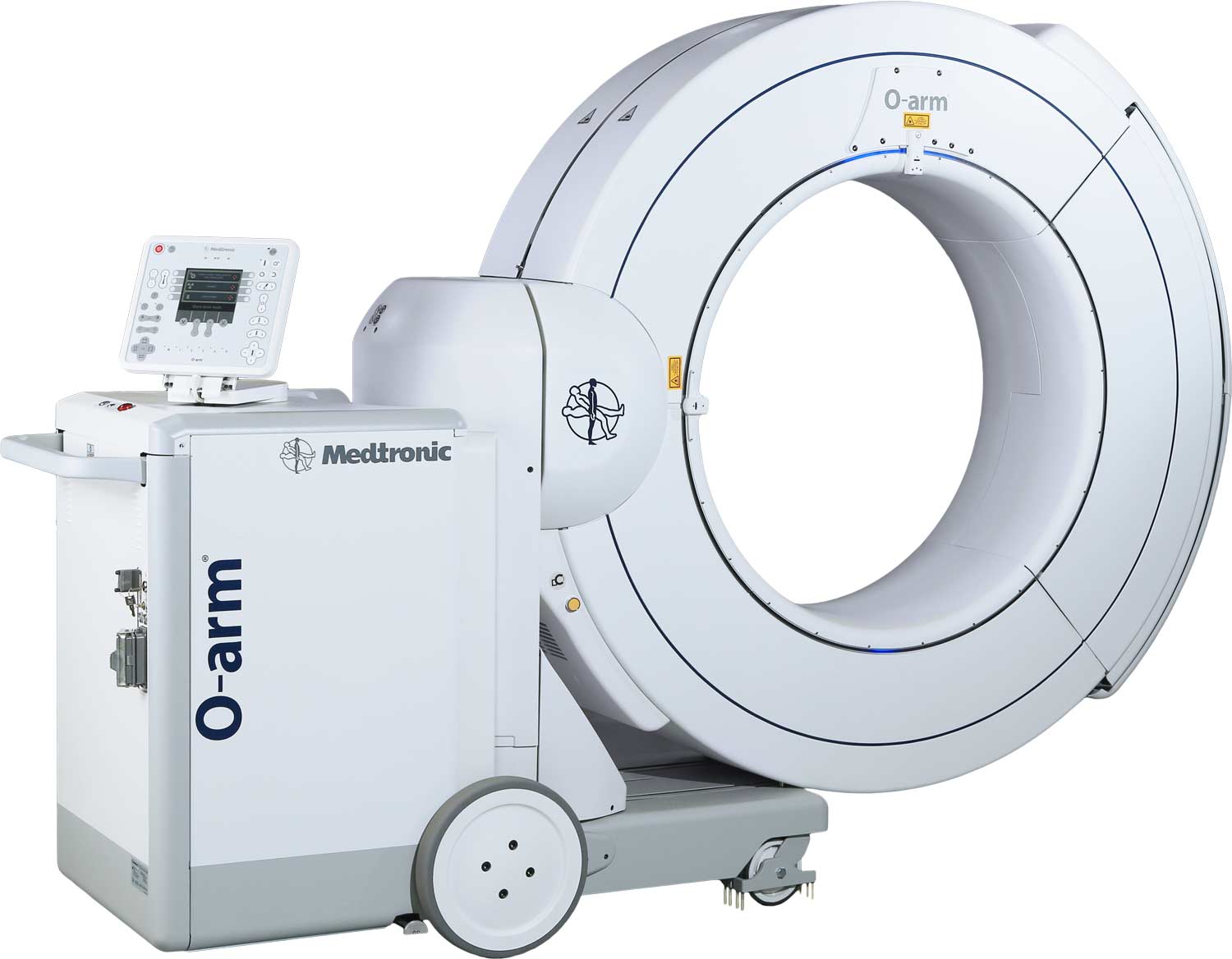
technology
Intra-Operative Navigation
Dr. Choi and Dr. Pyun import your CT scans into 3D treatment planning software to map out your surgery before ever setting foot in the operating room. They then use intra-operative scans and instruments that work like a GPS system to see your anatomy in incredible, real-time detail and place hardware precisely where it needs to go. The technology reduces the risk of nerve damage and post-operative complications and minimizes muscle trauma and bleeding.

technology
Cervical Disc Replacement
Cervical disc replacement involves replacing a degenerated disc in the neck with an artificial disc. This revolutionary alternative to cervical discectomy and fusion preserves more range of motion and puts less pressure on your healthy discs. Dr. Choi is considered a pioneer in cervical disc replacement and regularly gives presentations on the technique.
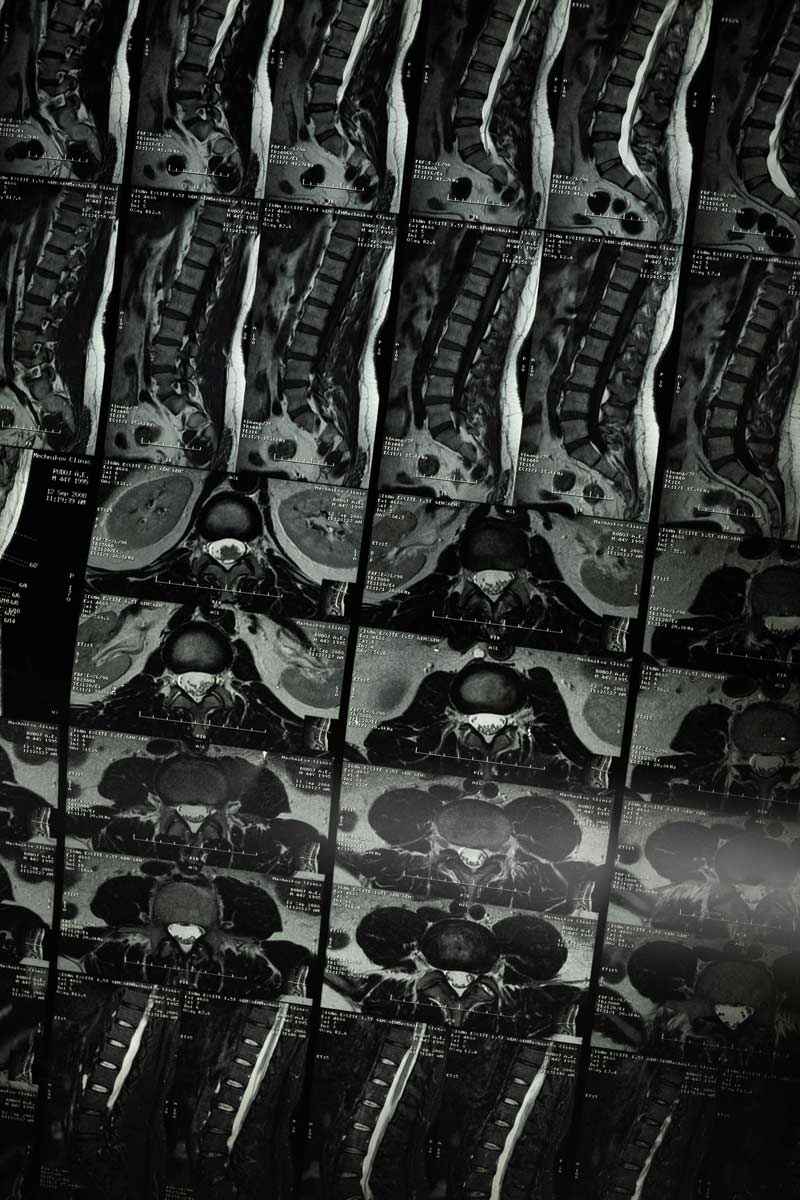
technology
Ultrasonic Spinal Surgery
Using ultrasonic instruments our surgeons can make incredibly accurate surgical cuts without damaging surrounding tissues and spinal structures. Unlike conventional tools, ultrasonic instruments use ultrasound waves set at a specific frequency to perform cuts in dense tissue like bone. Because soft tissues have a different density and don’t absorb energy from the device, they move away from the blade. This tissue-sparing effect enhances safety and minimizes trauma.
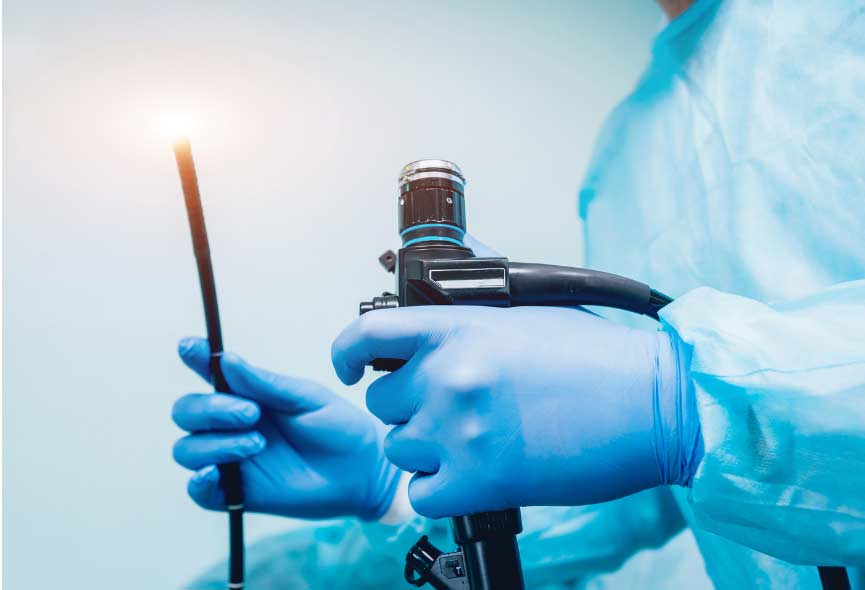
technology
dualPortal™ Endoscopic Spine Surgery
dualPortal™ endoscopic spine surgery is one of the most advanced minimally invasive spine surgeries available. During the procedure, one small incision is made, called the viewing portal, where a small camera is inserted. Another small incision is made for the working portal, through which the surgery is performed using tiny instruments. The surgeon is able to see a real-time view of the surgical site while completing the procedure, enhancing accuracy and safety.

technology
Oblique Lumbar Interbody Fusion
Using this minimally invasive technique, the surgeon makes a single small incision to access a damaged lumbar disc through a space called Kambin’s Triangle. This area has no nerves or vascular structures and fusion can be performed without removing the facet joint or retracting soft tissues and muscles. This reduces the risk of complications and may lead to a faster recovery.
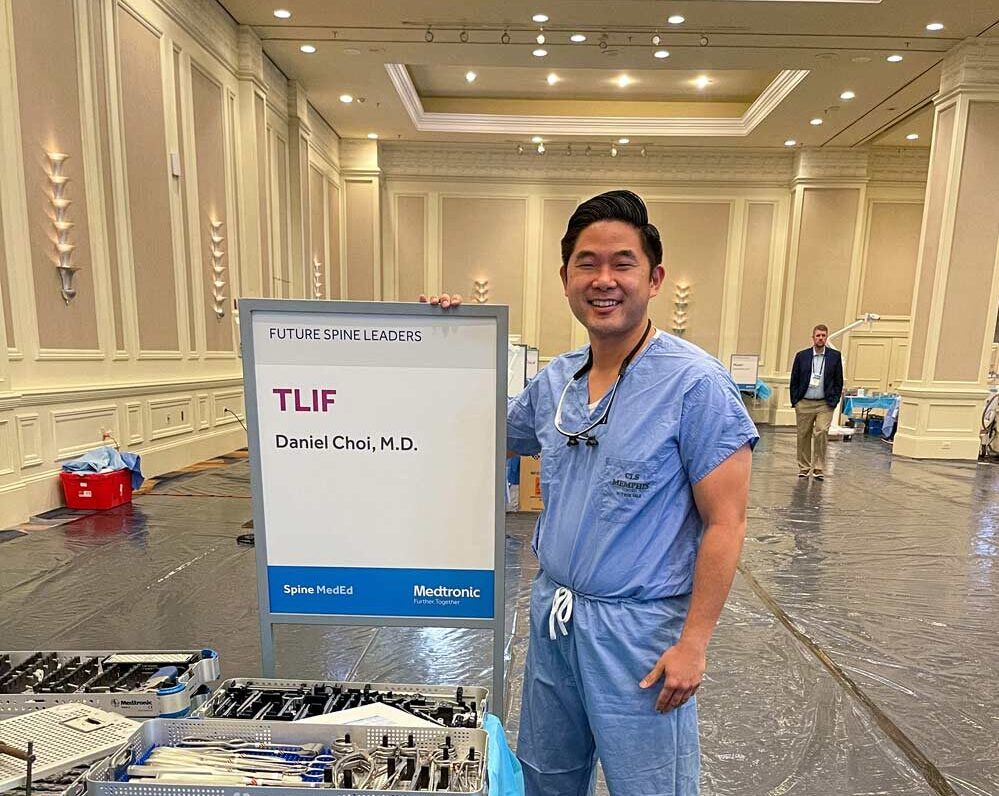
technology
MIS-TLIF
Minimally invasive transforaminal lumbar interbody fusion (MIS-TLIF) is a spinal fusion surgery that joins two or more lumbar vertebrae together with a bone graft. This helps to stabilize the spine and reduce compression on the nerves. MIS-TLIF causes less trauma and scarring and often has a shorter recovery period compared to open-back surgery.
don't wait
Ready to get out of pain and get on with your life?
Schedule a consultation with a Bergen County spine specialist today!

